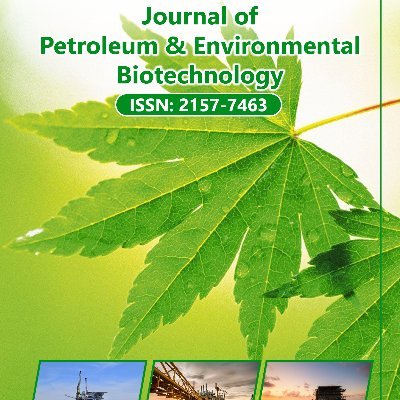Индексировано в
- Open J Gate
- Журнал GenamicsSeek
- ЖурналTOCs
- Китайская национальная инфраструктура знаний (CNKI)
- Библиотека электронных журналов
- RefSeek
- Университет Хамдарда
- ЭБСКО АЗ
- OCLC- WorldCat
- Интернет-каталог SWB
- Виртуальная биологическая библиотека (вифабио)
- Паблоны
- МИАР
- Евро Паб
- Google Scholar
Полезные ссылки
Поделиться этой страницей
Флаер журнала

Журналы открытого доступа
- Биоинформатика и системная биология
- Биохимия
- Ветеринарные науки
- Генетика и молекулярная биология
- Еда и питание
- Иммунология и микробиология
- Инжиниринг
- Клинические науки
- Материаловедение
- медицинские науки
- Науки об окружающей среде
- Неврология и психология
- Общая наука
- Сельское хозяйство и аквакультура
- Сестринское дело и здравоохранение
- Управление бизнесом
- Фармацевтические науки
- Химия
Абстрактный
Новый подход к определению проницаемости пористых сред
Амину MD 1* и Ардо BU 2
Проницаемость можно разделить на три различных типа: абсолютная проницаемость, относительная проницаемость и эффективная проницаемость. Породы обладают различными свойствами проницаемости; некоторые породы эффективно пропускают поток жидкостей через свои поры, другие делают это только номинально. Проницаемость пород в равной степени связана со способностью породы пропускать через себя поток нефти, воды и газа. В отличие от пористости, которая является функцией объема пустот по отношению к общему объему структуры породы (обычно выражается в процентах), проницаемость концентрируется только в простоте, с которой сталкивается нефть, протекая между взаимосвязанными порами породы. Однако в реальных сценариях из-за многофазного потока (то есть потому, что не только одна жидкость будет протекать между взаимосвязанными порами породы) могут встречаться различные типы проницаемости, такие как абсолютная проницаемость, относительная проницаемость и эффективная проницаемость. В части A этой статьи изучается абсолютная проницаемость, поскольку именно проницаемость зависит от породы-коллектора, не принимая во внимание сжимаемость флюида (жидкости), протекающего через породу. Эффективная проницаемость является мерой способности распределения частиц породы и ее функции пропускать поток нефти из-за различных форм, которые делают материал ткани породы. Наконец, относительная проницаемость описывает процент флюидов, текущих в конкурентном многофазном потоке по сравнению с потоком той же жидкости при 100-процентном насыщении.